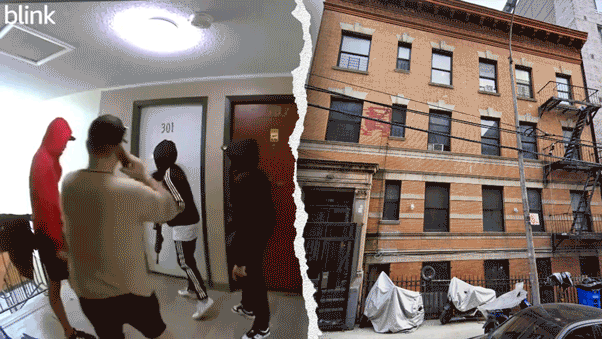
Scott Holt has four good reasons to be shopping for a home.
“We have three kids,” who are all age six and under, “We got a fourth on the way,” he said.
Holt works from home, so in addition to needing more space, he also needs a dedicated office. He said his family’s rented townhouse in Washington D.C. works for now, but that won’t last forever.
“Our kids are only gonna get bigger,” Holt said.
RELATED STORY | ‘Exurbs’ highlighted in Zillow’s most popular housing markets of 2024
Holt’s family has been casually searching for a home to buy in the D.C. area. But costs have only gone up, holding them back from home ownership.
“We just are kind of settling in on the fact that it’s probably not gonna go down,” Holt said, “and that rates may not go down enough.”
Housing predictions in 2025
Perspective buyers like Holt will continue to face these tough realities in the new year.
The housing market in 2024 was the slowest in decades as buyers faced higher prices. Now the 2025 housing forecast from Realtor.com calls for home prices to grow even more, by 3.7%, a continuing trend since 2012.
Still, Zillow senior economist Orphe Divounguy points out, that is a much-needed slowdown compared to price growth the last two years.
“The rapid price increases that we saw during the pandemic were simply unsustainable, right?” Divounguy said. “We’re starting to see price growth easing, incomes are growing, catching up.”
Falling but still-high mortgage rates
In its forecast, Realtor.com predicts mortgage rates will start the new year at 6.3%, only dropping to 6.2% at the end of 2025.
“There is no magic 2% drop coming,” said Leo Pareja, CEO of eXp Realty. “I think there’s a pretty big misconception that is good to clear up — is that when the Fed drops the rate, there’s an immediate mortgage rate drop.”
RELATED STORY | ‘Trump bump’ to housing market in 2025? A new report weighs the possibility
While average rates have dropped to the mid-6% range, interest rates failed to drop as much as buyers had hoped in 2024. Pareja said the 3-4% rates homebuyers took advantage of before the pandemic are behind us.
“It was an anomaly that we probably won’t see again in the next 10 or 20 years,” he said.
This year, Zillow released BuyAbility, a new tool created by Zillow Home Loans.
While it doesn’t lower interest rates, Divounguy explains it allows buyers to filter home listings based on real-time rates and their own financial information.
“I think that’s going to be very important as mortgage rates continue to take us on a wild ride,” he said.
Perspective buyers can click the Home Loans tab on the Zillow app to enter where they plan to buy, their monthly home budget, their annual income, and credit score.
“Zillow is doing all it can to help more people get a home,” Divounguy said. “We have large fluctuations in mortgage rates. What you could qualify for today, you may not be able to qualify for tomorrow.”
What about inventory?
On a positive note, Pareja said buyers in some cities or regions will see a difference in inventory in 2025.
“Boise, Idaho, Tennessee, Austin, Texas — Covid boomtowns are really experiencing growing inventory levels where it’s now a buyer’s market,” he said. “Some of those markets have actually seen price depreciation.”
Realtor.com calls for the first balanced market in nine years with home inventory expected to grow by about 12% thanks to new construction and more existing homes hitting the market. Generally speaking, that means buyers nor sellers will have the upper hand in the market.
RELATED STORY | 2019 vs. 2024: Homes are harder to find, and even harder to afford
Still, Pareja warns there is an extreme lack of housing inventory in the U.S., “There is a large portion of those would-be sellers that can’t sell because they just don’t have anywhere to go,” he said. “We’re going to have low inventory for the duration of where rates are at.”
As Holt’s family grows, he knows his limited housing options won’t get any cheaper, “In fact, I only see a world in which they get more expensive,” he said.
There are a lot of wildcards to watch in the new year: pricing that largely depends on location, uncertainty around mortgage rates, and new policies from President-elect Trump and the Republican congress.









